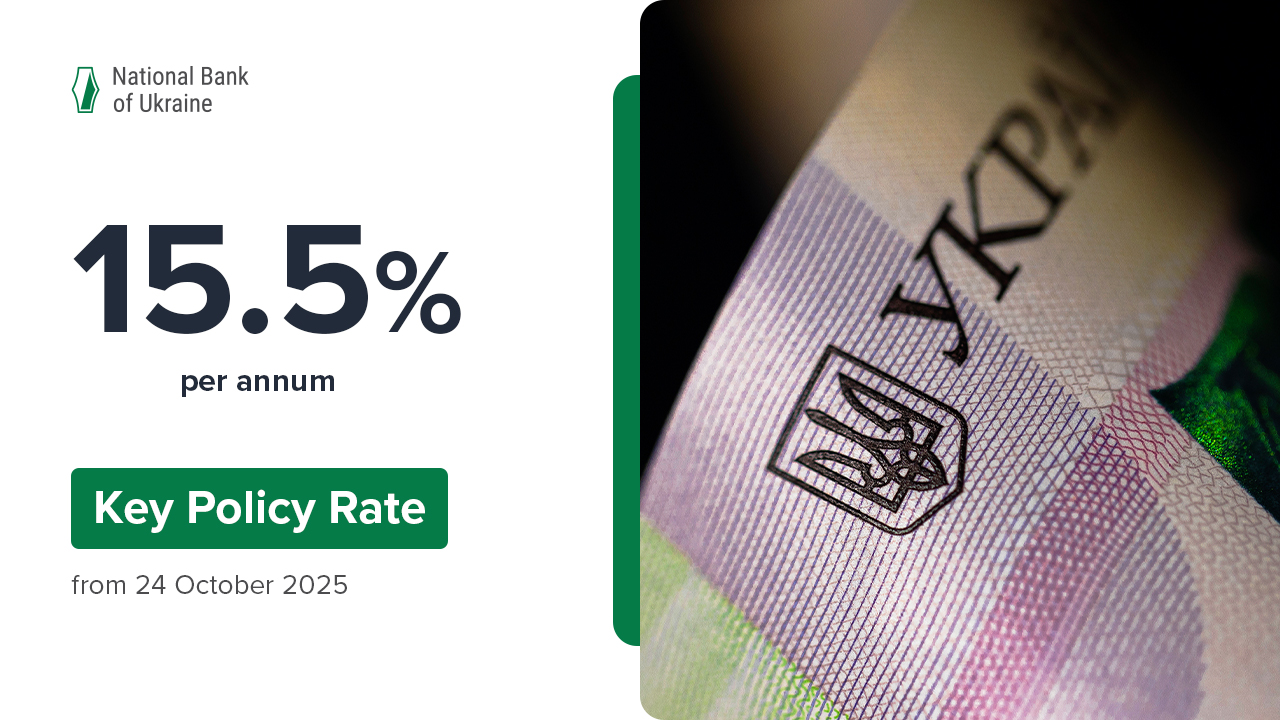The National Bank of Ukraine takes further measures to implement modern approaches of corporate governance in the banking system of Ukraine.
One more step in this direction was the NBU’s approval of the Regulation On the Organization of Risk Management System in Banks and Bank Groups of Ukraine, that bases on principles of the Basel Committee on Banking Supervision and follows the best international practices. To this end, the NBU Board issued the Resolution No. 64 on 11 June 2018.
“The Regulation obliges banks to a more thorough approach to establishing and operating the system of risk management, in line with the specifics of a bank’s activity, and the nature and scope of banking and other financial services. Introduction of requirements of the Regulation will contribute to the general confidence of depositors and creditors in the banking system, which is crucial for its efficient operation”, said the NBU Deputy Governor Kateryna Rozhkova.
The document provides for a greater involvement of a bank’s council in its supervisory function with the establishment of powerful risk management culture, monitoring of compliance with the risk profile, monitoring of compliance with the general risk management principles, etc.
The efficiency of risk management in banks will be enhanced through new requirements to the composition of the bank’s risk management function, stricter requirements to powers, competence, and autonomy of the risk management and compliance units, and sufficiency of financial and human resources for carrying out the tasks of the units and reporting to the bank’s council.
The Regulation also sets forth the requirements, designed to ensure a sound risk management with the use of the “three lines of defense” model:
- the first line comprises bank’s business and support units. These units take the risks and are liable for them, and report on the ongoing management of these risks
- the second line comprises the risk management unit and compliance unit
- the third line comprises internal audit unit that runs inspection and assessment of efficiency of the risk management system operation.
The document also contains the minimum list of intrabank documents and requirements to them, including declaration of risk appetite, risk management policy and strategy, methodology for material risks’ identification, code of conduct (code of ethics), and risk management procedure.
The Regulation provides for the list of main risks (credit risk, liquidity risk, interest rate risk, market risk, operational risk, and compliance risk), that a bank must identify, measure, monitor, control and report on. Furthermore, a bank must manage other material risks, that it faces in the course of its activity.
Requirements to the use of efficient models and instruments of risk assessment by a bank and to the stress tests are thought to determine bank’s capacities to withstand all possible turmoils and threats, and create the reliable information system of risk management and reporting.
The Regulation imposes requirements regarding risk management during the launch of new products and substantial changes to the bank’s activity, in particular, regarding the obligation to assess the risks prior to such launch.
The Regulation was developed in cooperation with the banking community and international experts.
Given the scale of the work to be done by the banks in order to implement the Regulation, the NBU expects gradual implementation to be finished by April 2020.







